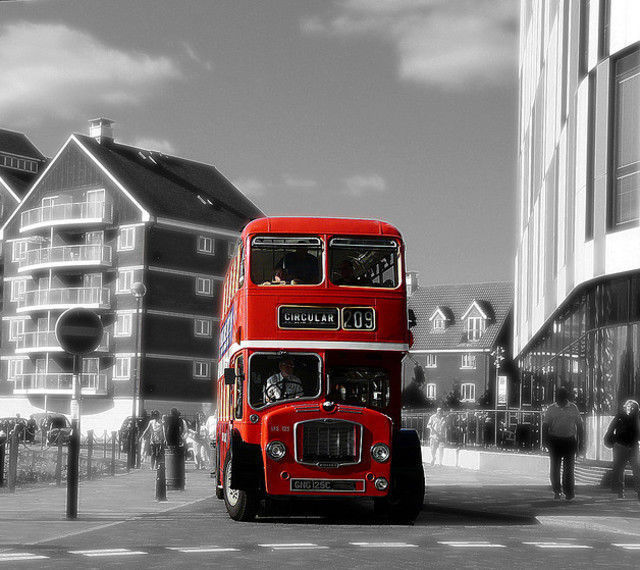
Each makes its own trade-offs between power and ease of use, and so you may find some techniques are best suited only to certain tasks.
#Black and white photo with one color full#
Some techniques assume a combination for you, although the more powerful ones give you full control. Whether you specify it or not, all conversion techniques have to use some weighted combination of each color channel to produce a grayscale brightness. DIGITAL COLOR INTO BLACK & WHITEĬonverting a digital color photo into black and white utilizes the same principles as with color filters in film photography, except filters instead apply to each of the three RGB color channels in a digital image (see bit depth).

Each image may therefore require its own combination of red, green and blue filtering in order to achieve the desired amount of contrast and tonal range. One can visualize other possibilities since all color filters would produce some superposition of the three images above (yellow would be half red, half green and zero blue). On the other hand, color filters can also make contrast appear greater than what we would perceive with our eyes, or can darken/brighten some regions excessively. Pure red or primarily red color filters often work best for landscapes, as this increases texture in regions containing water, sky and foliage. Notice the contrast changes both between and within regions of red, green and blue above. Move your mouse over the options below to view some of the possibilities. To give the parrot similar contrast with the background in black and white, a color filter should be chosen which translates bright red into a tone which is significantly different from the middle gray background. Consider the example below, where the original color image makes the red parrot stand out against the near colorless background.

Just as with color photography, black and white photography can use color to make a subject stand out - but only if the appropriate color filters have been chosen. Careful selection of these filters allows the photographer to decide which colors will produce the brightest or darkest tones. These can block all but a primary color such as red, green or blue, or can partially block any weighted combination of the primary colors (such as orange or yellow). Filters are named after the hue of the color which they pass, not the color they block. Color filters are often used in front of the lens to selectively block some colors while passing others (similar to how color filters are used for each pixel in a digital camera's bayer array).


 0 kommentar(er)
0 kommentar(er)
